Exploring the Origins of Cape Malay, Xhosa, and Indian South Africans
The Cape Malay community in South Africa has a rich and diverse origin that is deeply intertwined with the country’s complex history. Here are details about the origin of the Cape Malay community:
- Historical Background:
- The Cape Malay community traces its roots to the descendants of slaves, political exiles, and political prisoners brought to the Cape of Good Hope by the Dutch East India Company during the 17th and 18th centuries. These individuals hailed from various regions, including Southeast Asia, the Indonesian archipelago, and the Indian subcontinent.
- Origins of the Term “Cape Malay”:
- The term “Cape Malay” is a colonial designation that historically referred to the Muslim population of the Cape. It is important to note that the community’s ancestry is diverse, encompassing not only Malays but also people from various ethnic backgrounds, including Javanese, Sundanese, Madurese, and others.
- Language and Culture:
- The Cape Malays developed a distinct culture that is a fusion of various influences. Their language, known as “Afrikaaps” or “Cape Malay,” incorporates elements of Dutch, Malay, and other languages. This linguistic heritage reflects the diverse origins of the community.
- Cuisine:
- One of the most celebrated aspects of Cape Malay culture is its unique cuisine. The community is known for its flavorful and aromatic dishes, often characterized by the use of spices such as cinnamon, cardamom, and cloves. Popular Cape Malay dishes include bobotie, samoosas, and bredie (stews).
- Religion:
- Islam played a crucial role in shaping the identity of the Cape Malay community. Many of the individuals brought to the Cape as slaves were Muslim, and the community has maintained its Islamic heritage through the generations. Mosques and religious practices remain integral to Cape Malay identity.
- Apartheid Era and Forced Removals:
- During the apartheid era, the Cape Malay community, along with other non-white communities, faced forced removals from certain areas designated for white occupation. This had a lasting impact on the community’s social structure and cohesion.
- Cultural Contributions:
- Despite historical challenges, the Cape Malay community has made significant cultural contributions to South Africa. Their vibrant traditions, music, and festivals, such as the annual Cape Town Minstrel Carnival, are important expressions of their identity.
- Heritage Preservation:
- Efforts have been made to preserve and celebrate Cape Malay heritage. The Bo-Kaap neighborhood in Cape Town, with its colorful houses and rich cultural history, stands as a testament to the community’s enduring presence and resilience.
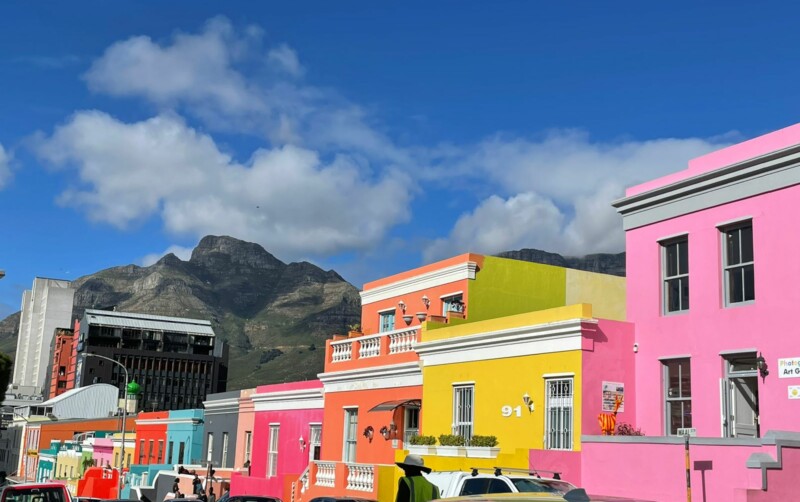
The Cape Malay community’s origin reflects a complex history of displacement, cultural exchange, and resilience. Today, they continue to contribute to the multicultural fabric of South Africa.
The Origin of the Xhosa People of South Africa
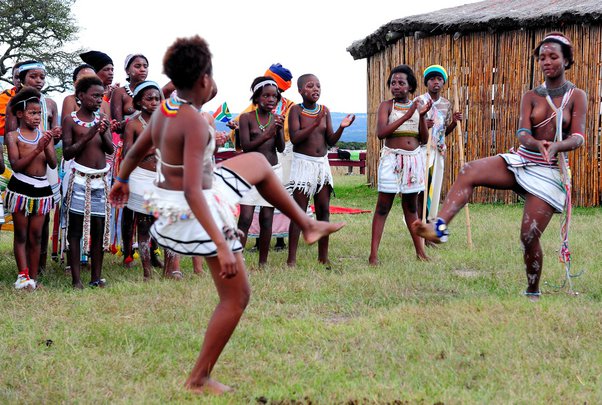
The Xhosa people are part of the larger Nguni ethnic group and are predominantly found in the Eastern Cape province of South Africa. Here are details about the origin of the Xhosa people:
- Historical Origins:
- The Xhosa people are believed to have migrated to the Eastern Cape region from the north along with other Nguni groups. Their origins can be traced back to the early Bantu-speaking communities that moved southwards over centuries.
- The Xhosa are the second largest cultural group in South Africa, after the Zulu-speaking nation. The Xhosa language (Isixhosa), of which there are variations, is part of the Nguni language group. Xhosa is one of the 11 official languages recognized by the South African Constitution, and in 2006 it was determined that just over 7 million South Africans speak Xhosa as a home language. It is a tonal language, governed by the noun – which dominates the sentence.
- Language and Identity:
- The Xhosa people speak isiXhosa, a Bantu language belonging to the Nguni group. Language plays a significant role in defining Xhosa identity, and isiXhosa is one of the 11 official languages of South Africa.
- Clan Structure:
- Xhosa society is organized into clans, and each clan is associated with a particular ancestor. The clan system is an essential aspect of Xhosa identity, and it influences social organization, marriage customs, and rituals.
- Traditional Livelihoods:
- Historically, the Xhosa people were primarily pastoralists and agriculturalists. They practiced subsistence farming and herded cattle, which played a crucial role in their economic and social life.
- Arrival in the Eastern Cape:
- The Xhosa people are believed to have arrived in the Eastern Cape region in the 15th and 16th centuries. Over time, they established themselves as one of the major ethnic groups in the area.
- Encounters with European Settlers:
- The Xhosa people had significant interactions with European settlers, especially during the colonial period. This led to conflicts and wars, such as the Xhosa Wars, which were a series of conflicts between the Xhosa and European settlers and the British colonial forces.
- Cultural Practices:
- Xhosa culture is rich in traditional practices, rituals, and ceremonies. Initiation ceremonies, including male circumcision (Ulwaluko) and female initiation (Intonjane), are important rites of passage. These ceremonies are deeply rooted in Xhosa cultural identity.
- Art and Music:
- The Xhosa people have a vibrant artistic tradition, including beadwork, pottery, and wood carving. Music and dance are integral to Xhosa culture, with traditional songs and dances often performed during ceremonies and celebrations.
- Role in South African History:
- The Xhosa people, particularly leaders like Chief Maqoma and Chief Sandile, played significant roles in resisting colonial expansion during the 19th century. Their resistance became part of the broader struggle against colonialism in South Africa.
- Modern Contributions:
- Today, the Xhosa people continue to make important contributions to South African society, politics, and culture. Prominent figures, such as Nelson Mandela and Desmond Tutu, are of Xhosa descent.
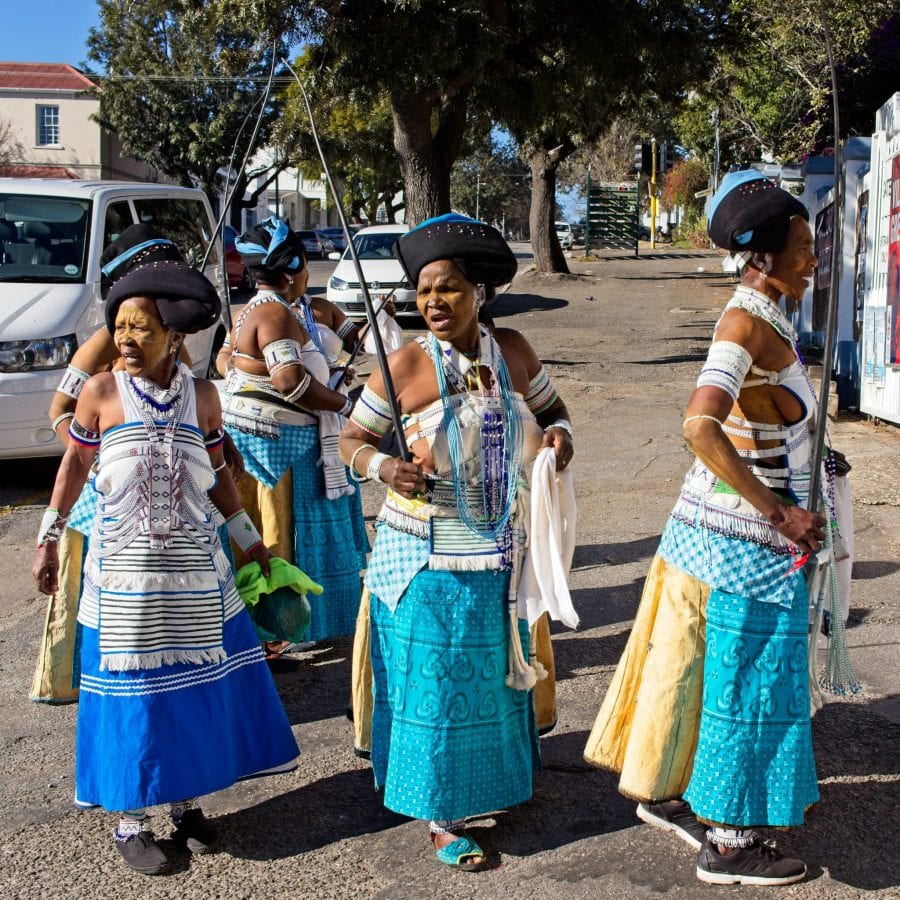
The Xhosa people’s history is marked by a rich cultural heritage, resilience in the face of historical challenges, and ongoing contributions to the diverse tapestry of South Africa.
Explore the Origin of Indian South Africans
The feature on Indian South Africans forms part of our larger feature on the People of South Africa. It is a long term project to build a comprehensive overview of the rich diversity of peoples, traditions and culture that address the question, ‘Who are South Africans?’ This year, 2020, is the 160th anniversary of the arrival of the Indian indentured labourers and the birth of this community in South Africa. We are using this to launch and major project to build a comprehensive social and political history of this African community.
Indians migrated to South Africa for primarily two reasons, depending on their background and circumstances.
- Indentured Labour: Many Indians arrived in South Africa as indentured labourers between 1860 and 1911. This system of contractual labor was established following the abolition of slavery. Indentured workers, often derogatorily referred to as “coolies,” were recruited from South and North-East India to work on sugar, cotton, and tea plantations, as well as railway construction projects in British colonies. They signed contracts to work abroad for a period of 5 years or more, with promises of wages, small parcels of land, and sometimes return passage home after their contracts ended. However, the reality was often harsh conditions, low wages, and few opportunities for return. The British transported approximately 2 million Indian indentured workers to various colonies, including South Africa, Fiji, Mauritius, Trinidad, and others.
- Passenger Indians: Another group of Indians, known as passenger Indians, migrated to South Africa independently as traders. These individuals hailed from various religious backgrounds, primarily Hindu and Muslim, and were largely from regions like Kathiawar in Gujarat and Kokanis from Maharashtra. They financed their own travel expenses and considered themselves British subjects, believing they traveled under the protection of British citizenship. Many of them had close business ties with the British authorities in India and engaged in trade and commerce with them.
These two streams of migration contributed to the diverse Indian community in South Africa, with each group bringing its own experiences, cultures, and contributions to the country’s development.
Yes, the city of Durban in South Africa has a significant Indian population, and it’s known for being the largest Indian city outside of India. The Indian community in Durban has a rich history, dating back to the late 19th and early 20th centuries when migrants from colonial India came to South Africa. This migration has left a lasting impact on the cultural landscape of Durban.
The Indian South African community has played a crucial role in shaping the cultural and economic fabric of South Africa. The preservation of cultural heritage, including traditional clothing such as embroidered saris and sherwanis, reflects the community’s commitment to maintaining its identity over the years.
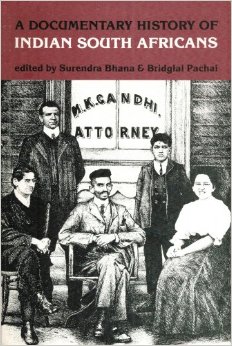
South Africans of Indian descent form a diverse community characterized by varying origins, languages, and religious affiliations. The initial arrival of Indians in the region dates back to 1684 during the Dutch colonial period when they were brought as slaves. Historical records suggest that more than 16,300 individuals from the Indian subcontinent were transported to the Cape during this time, with over 80% of slaves between 1690 and 1725 being of Indian origin. This practice persisted until the abolition of slavery in 1838, with the Indian slaves becoming an integral part of the Cape White and Coloured communities by the 1880s.
In the latter half of the 19th century, two distinct groups of Indians migrated to South Africa. The first group consisted of indentured workers who arrived in 1860 under a triangular agreement among three governments. These workers were contracted to serve the Natal colonial government on sugar plantations. The second group, known as ‘free’ or ‘passenger’ Indians, migrated to South Africa independently, mainly as traders seeking new opportunities. These ‘free Indians’ came from India, Mauritius, and other locations, funding their own migration. However, this wave of emigration ceased in 1914.
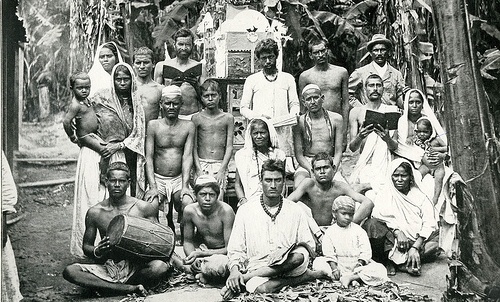
Struggles in Modern Day
The complex identity struggle experienced by South African Indians stems from historical, social, and cultural factors, including perceptions of their “Africanness” and their diasporic ties to India. Despite their long history in South Africa and their contributions to the country, South African Indians have often faced challenges in fully integrating into the broader South African identity. This struggle is exacerbated by the perpetuation of archaic notions of caste within the community.
Fatima Meer, a renowned anti-apartheid activist, emphasized the importance of claiming South Africanness and rejecting the idea of being merely a diaspora of India. This sentiment reflects a desire among many South African Indians to assert their unique identity within the South African context, distinct from their Indian heritage.
Despite these challenges, it’s crucial to recognize and celebrate the resilience and courage of South African Indians, particularly their ancestors who arrived as indentured laborers. These individuals endured immense hardship and took significant risks to build a better life for future generations. Rather than feeling shame, it’s important for South African Indians to embrace and take pride in their family history, acknowledging the bravery and sacrifices of their ancestors.
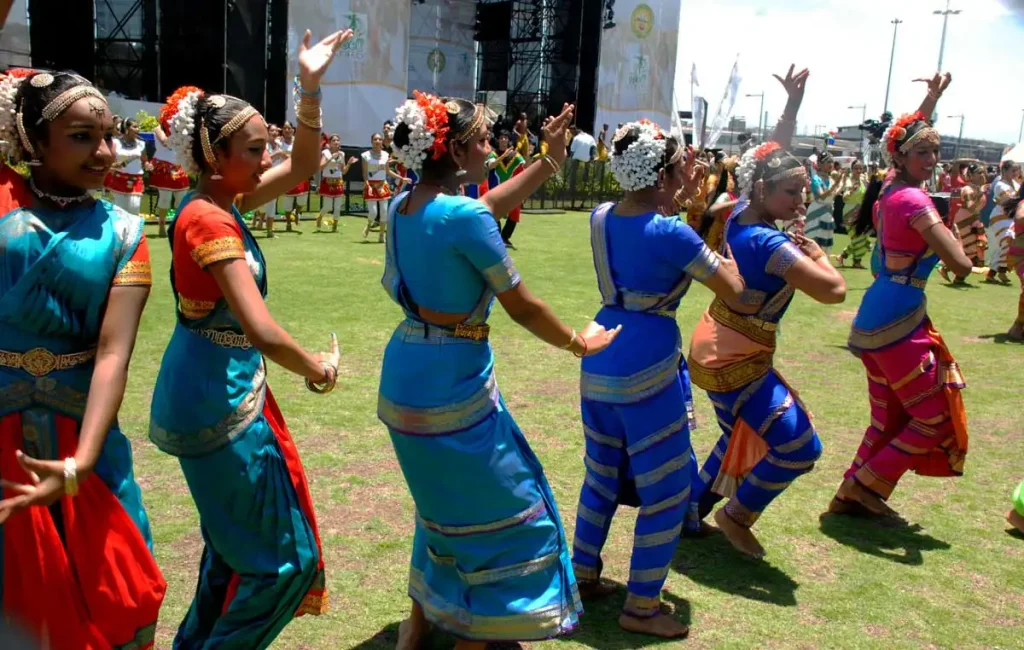
Moving forward, efforts to overcome internal conflicts and promote inclusivity within the South African Indian community can contribute to a stronger sense of identity and belonging for all members. This involves challenging and dismantling archaic notions of caste and fostering unity and solidarity based on shared experiences and aspirations
Add a Comment
You must be logged in to post a comment.
